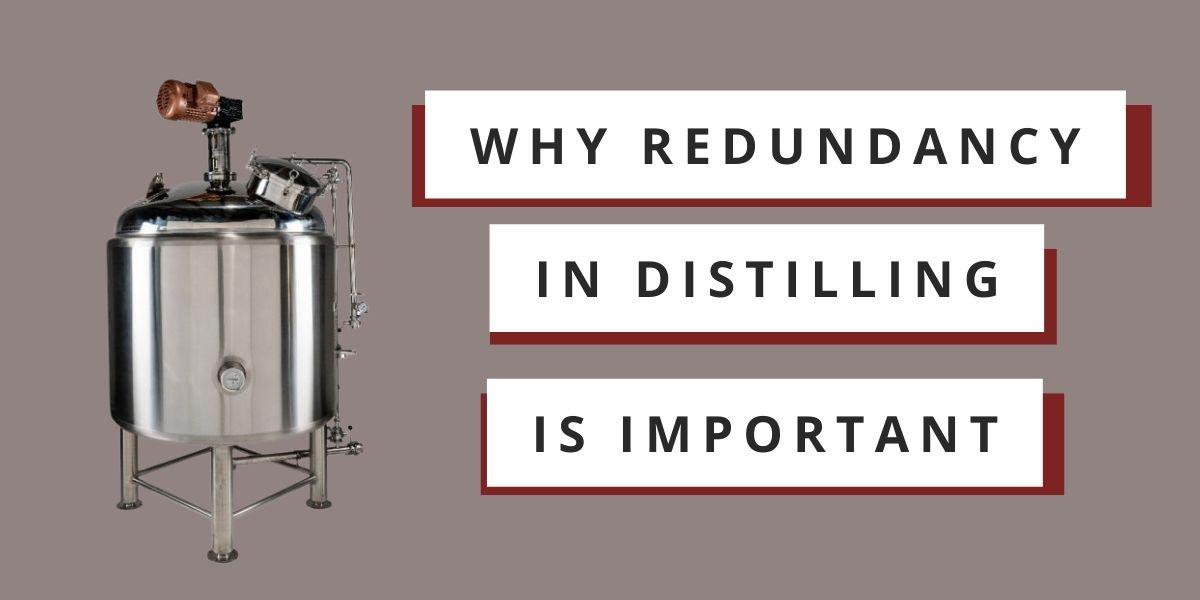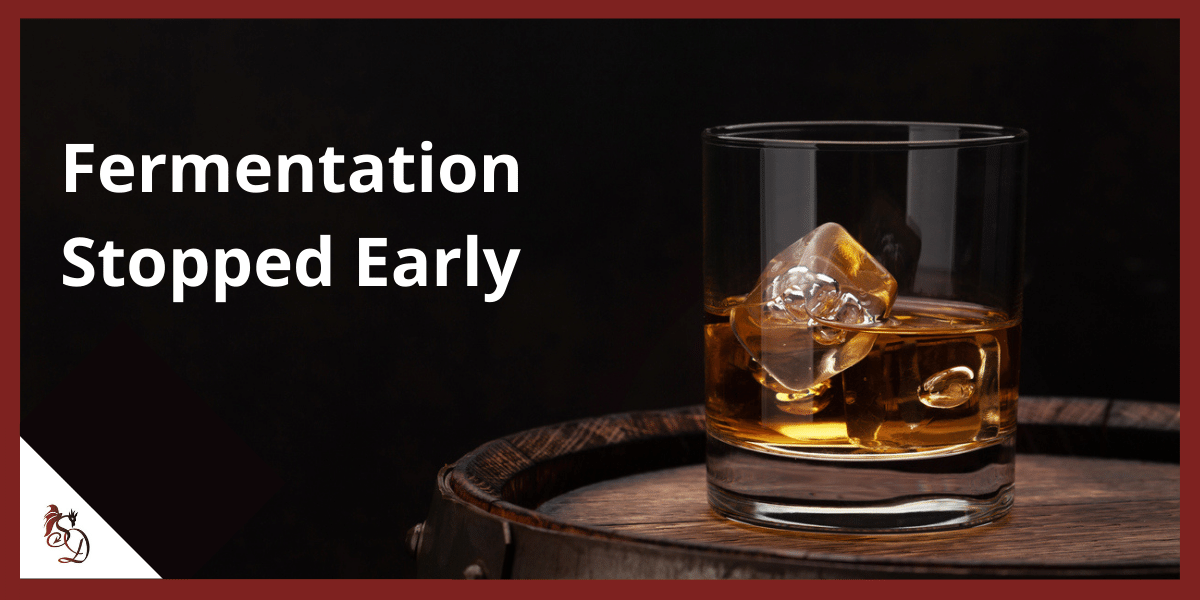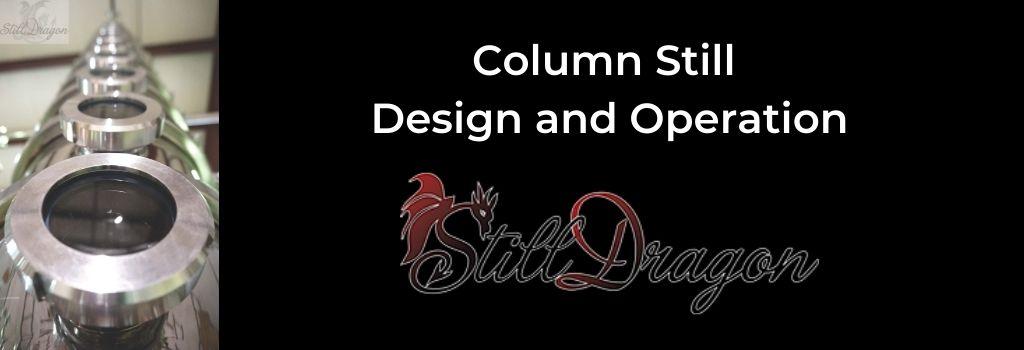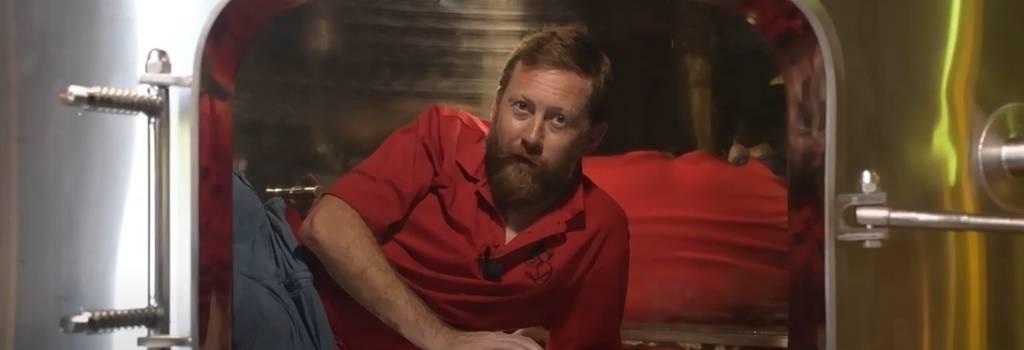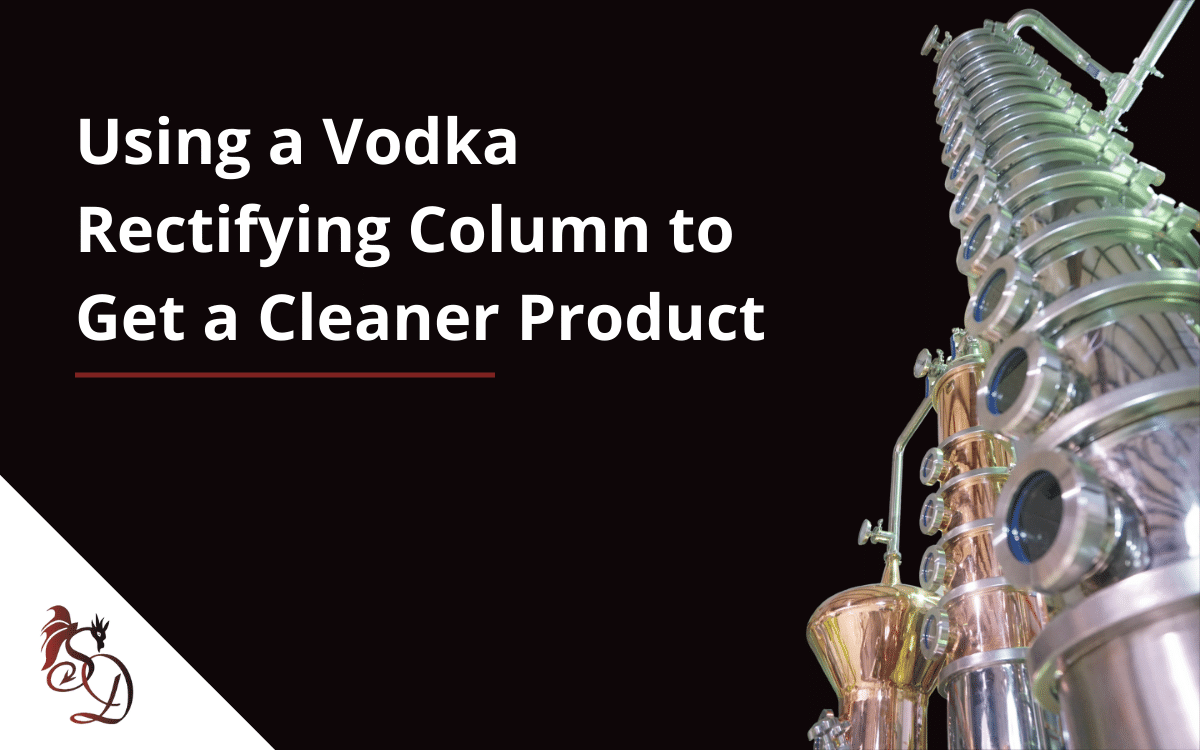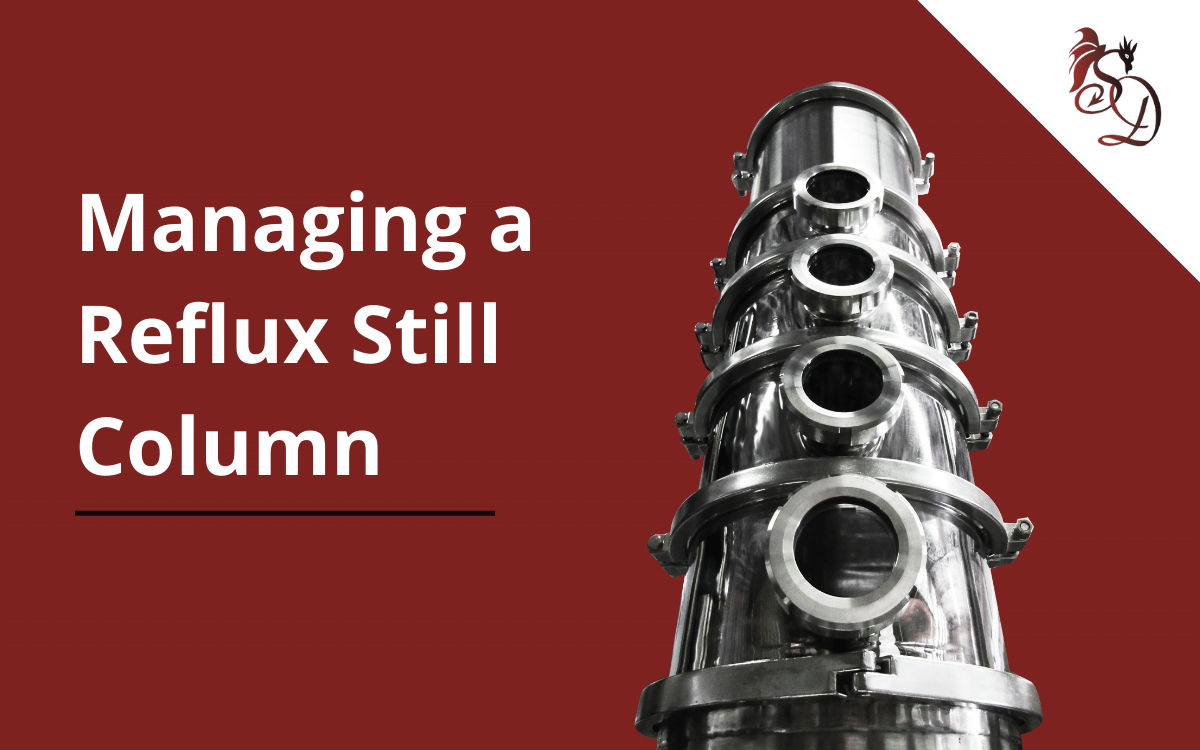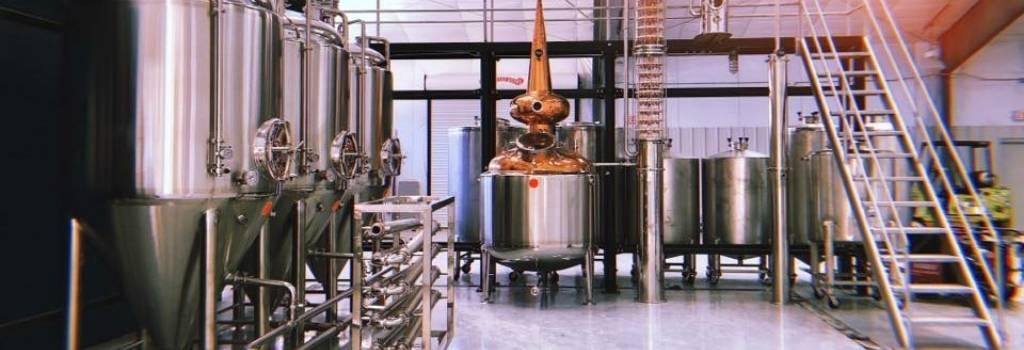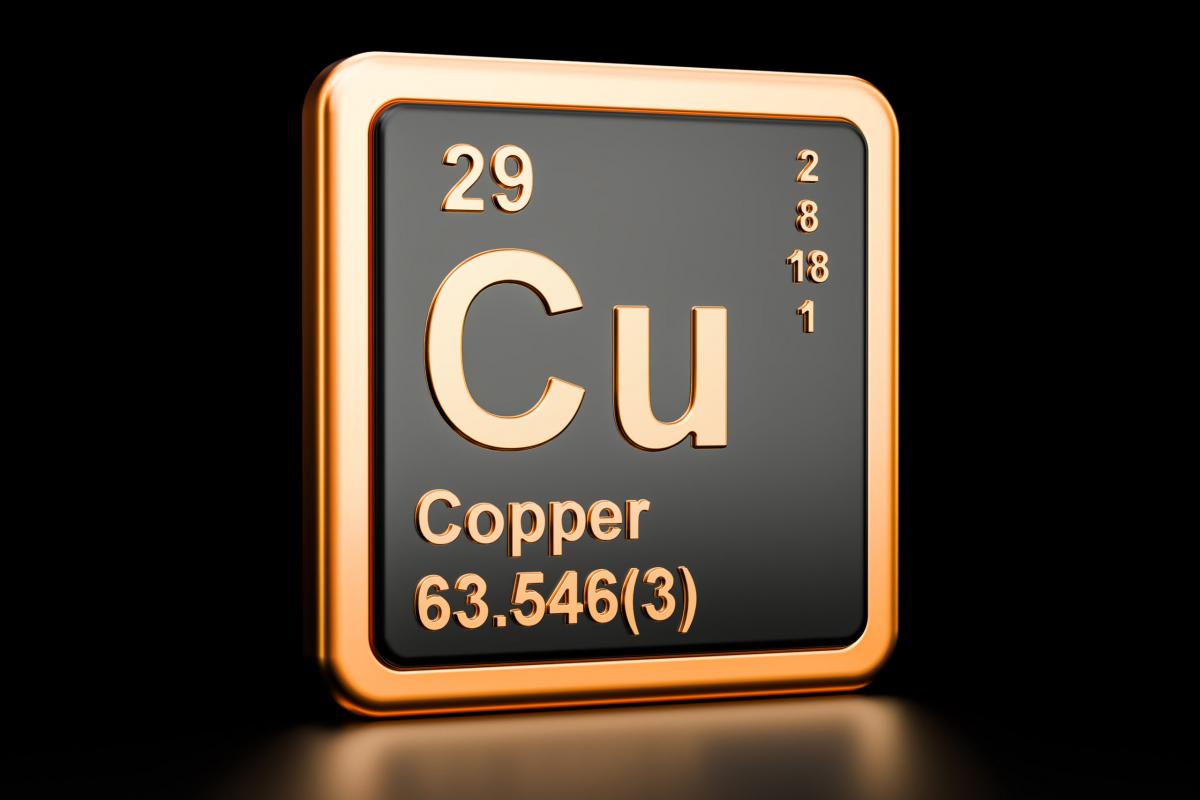In the beginning
The earliest evidence to suggest the age of distillation technology appears to be about 2000 years old. Evidence of fermentation for alcoholic consumption by contrast appears to be about 7000 years older than that! So, alcohol for consumption has been part of the human experience for a very long time, to say the least. And frankly makes perfect sense since fermentation is a naturally occurring phenomenon that will occur without human intervention.
One can imagine that sooner or later some ancient, hungry traveler must have stumbled upon some fruit lying on the ground under a fruit tree free for the taking? Only to discover that the fruit was past its peak of ripeness. Ancient, hungry travelers likely didn’t have many options and over-ripened fruit for dinner was certainly better than no dinner at all. It wouldn’t surprise me a bit if the result ended up a bit like this hilarious example: https://www.youtube.com/watch?v=AIDJ-sTuoO8 .
And voila!! The art of self-medication was born. “This fermented fruit thing seems like something to take a second look at” is what I would imagine went down? Well, notwithstanding the fact that the word fermentation didn’t even exist yet. Pardon my creative license.
Distillation, by the way, is also naturally occurring since distillation in its most basic form is just evaporation. The entire planet is a distillation apparatus if you consider precipitation. Think rain.
8th-grade chemistry reminds us that distillation is essentially mass transfer and phase change. Humans eventually found ways to exploit this otherwise naturally occurring phenomenon through forced propagation techniques.
Enter the Copper Age
Since copper is man’s oldest known metal that dates all the way back to 10,000 years old, it makes perfect sense that after stone, clay, and wooden pottery copper would become a likely candidate material for all manner of utensils. Ancient food and water storage vessels made of copper were used to prevent the growth of pathogens. Is it any wonder that copper tubing is a common material for modern plumbing pipes? Much later copper was also used on the hulls of sailing ships to protect against barnacle growth for example.
As an aside talent, copper also happens to conduct electricity extremely well. On a scale of 1 to 100 copper rates as a 97 with respect to conductivity. Silver being the standard-bearer at 100, and gold at 76. Copper really is a mythically fantastic material that does so many things really well. As luck would have it, copper also happens to be very malleable and for the times, a perfect material for making all manner of needed tools including vessels to hold liquid.
With respect to distillation, copper also has this remarkable ability to sequester sulfides that are produced during the fermentation process of making beer or wine. This basically means that not only did copper become the material of choice for building stills because of its workability, but also exposing fermented beer and wine to copper during the distillation process helped render a better-finished product by eliminating the rotten egg smells associated with less than the optimal fermentation practices of the time. Some modern-day experts even infer that the use of copper has become a crutch for modern distillers to rely on and therefore they may not place as much care into the fermentation process compared to their beer brewing brethren. That is another debate that we may discuss later.
My assertion is that because of all of the above mentioned, copper simply became the de facto material used for the manufacture of distillery equipment. To summarize, copper is easy to work with, has anti-microbial properties, can mitigate negative orders and flavors associated with less-than-optimal fermentation protocols.
Fast Forward
The origins of stainless steel began in the early 1800s when chromium was shown to have resistive characteristics against strong acids. By 1861, a fellow by the name of Robert Forester Mushet took out a patent on chromium steel in Great Britain. It seems during the 1800s and early 1900s there was a race to discover and exploit the commercial viabilities of this metal that could resist corrosion. By the 1950s and 60s, technologies had advanced far enough along that a large amount of stainless steel could be produced very affordably. There are over 150 grades of stainless steel today. But of those 150, there are 15 grades that are the most commonly used. Today about 90% of all ethanol refineries in the US are built with 304 stainless steel.
In the food and beverage industry 304 and 316 are the most widely used stainless steels because they do not affect the taste of the finished product and are easily cleaned and sanitized. So naturally stainless steel seems like a good material to use in the distillery environment.
However, stainless steel does not react to the beer or wine with the same type of outcome that copper provides. Though stainless steel is easy to clean and sanitize and has more resistive protection against mild acids compared to copper, stainless steel does not provide the ability to sequester sulfides like copper.
How much is too much?
So, the good news is that you really can’t have too much copper in the vapor path of your distilling equipment. Indeed, unless you have laboratory-type control over your fermentation environment and are an absolute master brewer, you will need to have some copper in the vapor path of your distillation apparatus. Copper, however, has become very expensive and therefore the question more often becomes how much copper in the vapor path can you afford?
At StillDragon we have found a balance of having a thorough amount of copper on the system while also incorporating stainless steel for all of the benefits that brings to the table.
Certainly, we can build a 100% copper kettle for you. But there are also some more affordable and objectively better choices available.
Here at StillDragon, we believe that the copper material provides the best reactive behavior when in contact with vapor in suspension. Meaning that once the alcoholic liquid gets hot enough to put vapor into suspension, and pressure in the system then forces the vapor to traverse through the distillation circuitry, being exposed to copper surfaces while in vapor form will provide the best reactive outcome. An alcoholic liquid solution like beer or wine can benefit from contacting the floor and walls of a copper kettle. But we feel the most benefit occurs when vapor makes copper contact.
Some modern systems are built exclusively with stainless steel materials, but do have an accommodation for the insertion of a copper catalyst installed somewhere in the vapor path. Usually at the top of the distillation column. Hot vapor travels toward the top of the column then traverses through the copper catalyst material just before making its way to the product condenser.
There really is no debate that the use of copper when distilling spirits is beneficial for the outcome of the finished spirit. The debate really is how much copper is truly needed? Again, you can never have too much copper in the vapor path of your distillation apparatus? Too much copper never hurts.
Not enough copper always hurts.
How much copper does one actually need in the vapor path? Well, that depends.
The debate will no doubt rage on.

